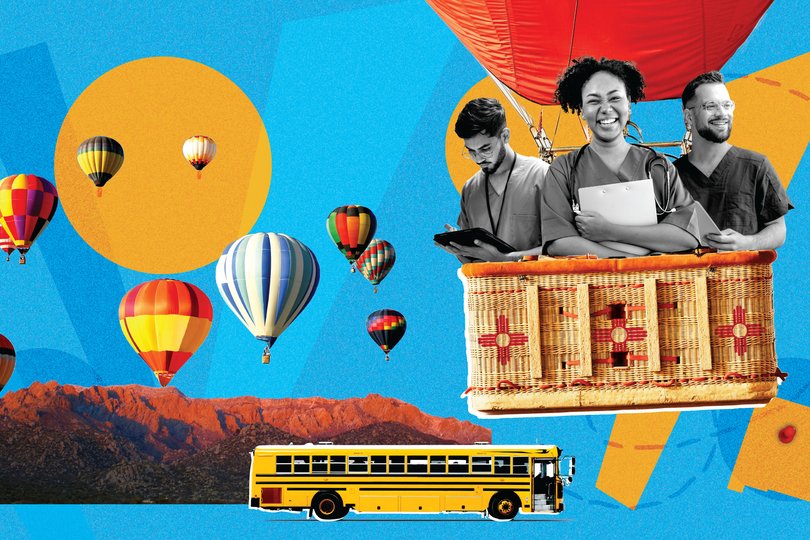Family and community engagement is vital for the lasting improvement of schools and school systems. As Corporation grantee TNTP points out, when families and districts work together, data shows a noticeable improvement in school readiness, grades, test scores, attendance, and an increased likelihood of high school graduation.
With many schools still working through a remote or hybrid school year due to COVID-19, a close collaboration between community and district is even more important. But how can school systems create participation and champion a sense of community during a time of national crises and separation? And what can we learn from those experiences to sustain and strengthen community engagement once the immediate crisis passes?
Rising Together: How Four Districts are Building Community During the COVID-19 Pandemic, a new Corporation-funded report from TNTP, aims to answer that very question. The report highlights four school districts that “prioritized authentic community engagement” during the pandemic by grounding their work in TNTP’s four key pillars of community engagement: a shared vision, intentional culture and diversity, authentic collaboration, and 360-degree communication.
The profiled districts include:
- Richland Parish, Louisiana, which organized a community engagement advisory panel;
- Hamilton County, Ohio, which launched virtual learning centers to bridge the digital divide;
- Hartford, Connecticut, which used a three-pronged approach to partnering with family and community members to rapidly improve access to devices and the Internet;
- Collier County, Florida, who executed a districtwide strategy for closing the digital divide, focusing on the unique needs of students identified as migrant.
“What began as community conversations to help guide the reopening of schools has, in many districts, evolved into other examples of authentic community engagement to help address the challenges associated with rising unemployment rates, food scarcity, and the digital divide,” the report concludes. “Rather than thinking about how we can return to normal, district leaders should seize this opportunity to talk with community members about how best to reimagine it.”



